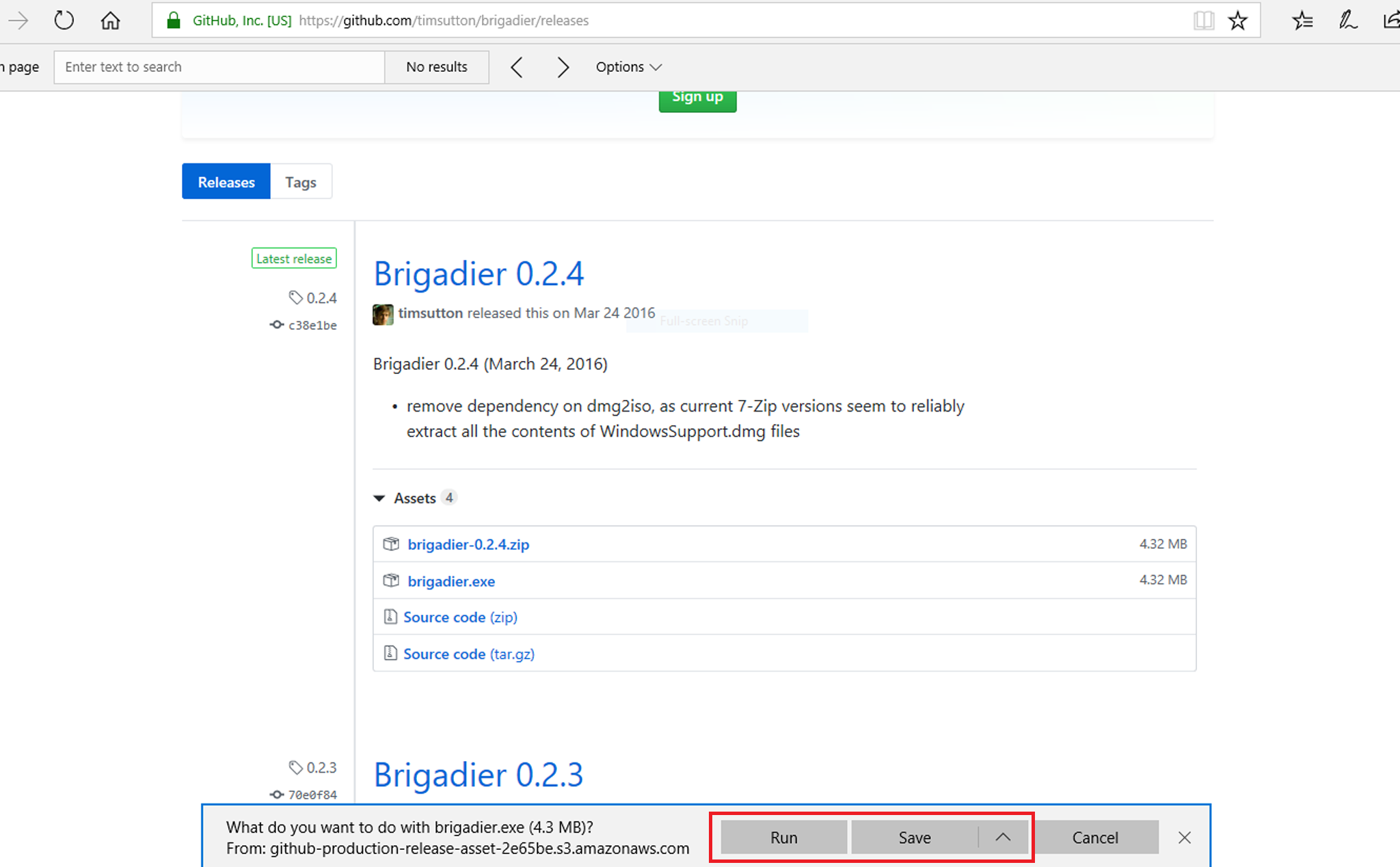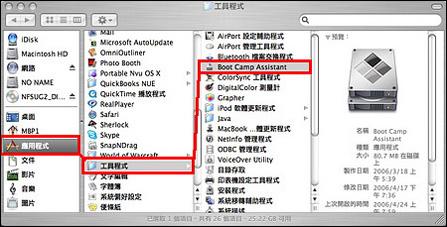Bootcamp (Boot Camp Assistant) is essentially Apple's way of welcoming Microsoft into its walled garden in a roundabout way. In other words, it allows you to install Windows on a Mac computer by partitioning the disk and letting you dual-boot a laptop or desktop. You will need to specify the amount of disk space for Windows installation, as well as get all the drivers required to run Windows on your Mac OS X or macOS computer. Once installed, it will be exactly the same as working in Windows. A lot of users prefer this over switching between Mac and PC, so you can imagine why Boot Camp Assistant has been so popular for so many years.
Since it sounds like the only OS you will have on the iMac is Windows, you could just bypass the Boot Camp assistant completely. If you unplug your macOS external drive and then hold down the Option key while starting up your iMac, you will be able to select which drive to boot from. Feb 06, 2012 Thanks for the answer but it does not help, that's exactly what I'm doing, my idea is to have a place where I could leave downloading all the drivers bootcamp 4 will need, rather than waiting a progress bar that says nothing and starts over if for some reason the internet service goes slow. Boot Camp.Assistant. Crashes after first screen. Posted by 2 years ago. Boot Camp.Assistant. Crashes after first screen. A couple days ago I decided I wanted to expand my Boot Camp partition. Knowing I'd have to remove and re-partition the drive, I opened up Boot Camp Assistant. Problem is it doesn't get past this screen. Nov 03, 2018 We have created a free utility called “Boot Camp ISO Converted” that copies all the files in the ISO to a folder, splits up the install.wim into parts no larger than 2GB, and creates a new ISO that can be used with Boot Camp Assistant. Here is a step-by-step instructions: Removing the installer partitions.
Problems with Bootcamp Assistant on Mac
That being said, there are a lot of problems in using Bootcamp Assistant on latest macOS such as Mojave or High Serria. One of the errors is the 'Boot Camp installation failed' error. Apple suggests that you move to macOS Mojave and try installing Windows 10 again, but the issue doesn't always go away. Another common error is when trying to copy the Windows installation files. In still other cases, you'll notice that several Mac features don't work when running Windows, such as Apple Software Update stopping, no audio from built-in speakers, mic or webcam not recognized by Windows and so on.
To avoid such errors and issues, which can often take quite a lot of your time to figure out and fix, you can use alternative solutions to install Windows on a Mac from USB. Though you will still need to use Boot Camp Assistant for part of the process, but you're not likely to come across major installation errors when doing this. You can also use Terminal in Mac to help you install Windows. The next two sections describe these methods in detail.

How to Install Windows on Mac without Bootcamp - UUByte
UUByte ISO Editor can work as a great alternative to Bootcamp for installing Windows OS on Mac. You can easily fetch all the required drivers using Bootcamp, but the installation process for putting Windows on your Mac is different from how Bootcamp does it. UUbyte is one of the most robust Windows 10 bootable USB creator for Mac that you'll ever find. It can do a lot more than just create bootable media, such as creating ISO files, editing them, copying from disc to ISO and so on. For this process, you will need to use the Burn module, which is explained below:
Step 1: Get the Windows 10 ISO from Microsoft's website and install the Mac version of UUbytes ISO Editor.
Step 2: Launch Boot Camp Assistant, go to Action and click on Download Windows Support Software. When the dialog appears, click Save and specify a location for the files.
Step 3: Open the UUbytes program and click on the module that says Burn. Insert a USB flash drive and Burn ISO to USB drive. Select the ISO image and click on Burn. This will create your bootable USB drive for the Windows installation.
Step 4 : Launch Disk Utility app and go to the Partition tab. Add a drive by clicking on the + symbol and naming the drive. Select the MS-DOS (FAT) format and allocate enough space for the Windows installation.
Step 5: This step is very important. Make sure you disconnect all USB devices except a wired keyboard and the USB drive containing the Windows ISO files. Now restart your computer and hold down the Option (Alt) key at the same time. When you see the drives listed, choose your USB drive. It might be called something else, such as EFIBoot.
Step 6: Choose the drive partition you created in Step 5 and hit Delete. Select the unallocated space after it is deleted and click on New to create the Windows 10 partition. When your computer boots from your USB stick, run this file: WindowsSupport/BootCamp/Setup.exe
Boot Camp Assistant 4 Dmg 2017
Step 7 : You can now reboot and complete the Windows 10 installation process by following the on-screen instructions.

How to Install Windows on Mac without Bootcamp - Terminal
This method uses Terminal application to create the bootable media for Windows 10. You will still need Boot Camp Assistant for the support software, but if you're comfortable with command line work, you try this approach. You will first need to download the Windows 10 ISO file. You will also need to use Boot Camp Assistant to get the support files, for which you can follow Step 3 from Method 1.
Step 1: Launch an instance of Terminal. Type the following command and then Enter to list out your drives: diskutil list
Step 2: Scroll down the name of the USB drive listed in Terminal. You will be using this in the next command. For now, let's call it disk2. The next step is to format your USB drive for Windows 10. Use the following command, then hit Enter: diskutil eraseDisk ExFat 'WINDOWS10' MBR disk2
Step 3: You will be able to see a mounted disk called Windows 10. Mount the downloaded Windows 10 ISO file by double-clicking it in Finder. The name will be CCCOMA_X64FRE_EN-US_DV9. You can also run the following command:
cp -rp /Volumes/CCCOMA_X64FRE_EN-US_DV9/* /Volumes/WINDOWS10/
Step 4: Unfortunately, there's no progress bar to indicate that the bootable media is being created. However, after a sufficient amount of time has passed, the USB drive will contain bootable media for a Windows 10 installation.
Step 5: Now partition your Mac's disk for Windows 10. To do this, follow Steps 5, 6 and 7 from Method 1.

Step 6: Boot your computer from the USB by holding down the Option (Alt) key while restarting your Mac. Run this file once it boots up: WindowsSupport/BootCamp/Setup.exe
Boot Camp Assistant 4 Dmg 2
Step 7: Reboot your Mac, and it should boot into Windows Setup. Follow the instructions to complete the installation of Windows 10 on your Mac.
Boot Camp Assistant 4 Dmg Free
Conclusion
If you are not comfortable using Terminal, Method 1 is the recommended way to install Windows on a Mac without Boot Camp Assistant. It's reliable, quick and doesn't require any special technical knowledge.
Comments are closed.